
Are Electric Bikes Waterproof? Everything You Need to Know
Electric bikes are quickly becoming a favourite mode of transport across the UK, offering an eco-friendly, efficient, and fun way to get around. But with Britain’s famously unpredictable weather, a common question arises: are electric bikes waterproof? While e-bikes are designed with advanced technology and sealed components, water can still pose a risk to delicate electrical parts like the battery, motor, and controller. In this guide, we’ll explore the difference between water-resistant and waterproof e-bikes, explain how they handle rain, and share practical tips to keep your ride safe and reliable no matter the weather.
Are Electric Bikes Waterproof? Understanding Water Resistance vs. Waterproofing
Most electric bikes are water-resistant, not fully waterproof. They can handle light rain, splashes, and puddles thanks to sealed components and protective coatings, but they are not designed for full submersion.
What Are Water-Resistant Electric Bikes?
Water-resistant e-bikes are designed to handle light rain, splashes, or misty conditions without damaging critical components like the battery, motor, and controller. Manufacturers achieve this through sealed connectors, protective coatings, and water-resistant materials that keep moisture out.
Water-Resistant vs. Fully Waterproof
While water-resistant bikes can withstand everyday wet conditions, fully waterproof e-bikes can survive complete submersion in water without any damage. Full waterproofing is rare in modern e-bikes because it requires complex engineering, increases cost, and often adds extra weight.
Why Full Waterproofing Is Uncommon
Most riders don’t need full waterproofing for daily use. Water-resistant e-bikes are sufficient for typical UK weather, puddles, and light showers, as long as proper precautions are taken. Designing a fully waterproof e-bike is generally unnecessary for commuting or recreational riding, which is why manufacturers focus on water resistance rather than full waterproofing.
Do Electric Bikes Need to Be Waterproof?
Risks of Water Exposure to Electrical Components
Electric bikes rely on sensitive components such as the battery, motor, and controller. Exposure to water and moisture can lead to serious damage, including corrosion, short circuits, or failure of these parts. Even small amounts of water entering unprotected areas can reduce performance or cause permanent damage over time.
Potential Malfunctions and Safety Hazards
Water damage doesn’t just affect performance—it can also create safety risks. Short circuits or malfunctioning electrical components may cause the motor to stop unexpectedly or even pose a fire hazard in rare cases. Ensuring your e-bike is protected against water is essential for both reliability and rider safety.
Why Protective Measures Matter
Protective measures, such as sealed connectors, water-resistant coatings, and proper battery enclosures, are crucial. They prevent moisture from reaching delicate components, keeping your e-bike functional even in wet conditions. While full waterproofing isn’t necessary for most daily riders, investing in a water-resistant e-bike and taking precautions will ensure a longer lifespan and worry-free riding.
How Electric Bikes Are Made Water-Resistant
Use of Water-Resistant Materials and Sealed Connectors
Manufacturers use durable, water-repellent materials for frames and key components, helping to prevent moisture from reaching sensitive parts. Sealed electrical connectors protect the battery, motor, and controller from water-related damage.
Protective Coatings and Sealed Battery Compartments
Components like the motor and controller often have protective coatings to repel water and prevent corrosion. The battery is housed in a fully sealed compartment, shielding it from rain, splashes, and routine cleaning.
Examples: Electric Bikes from iHoverboard with IP65 Waterproof Rating
iHoverboard offers several electric bikes with an IP65 waterproof rating, including the M10 All-Terrain, Ucity Commuter, and U2 Step-Thru. This rating ensures the bikes are dust-tight and protected against water jets, making them reliable for rainy UK weather, splashes, and wet trails. While highly water-resistant, these bikes are not fully waterproof, so riders should still avoid submersion in deep water.
Limitations: Not Designed for Submersion
Even with water-resistant features, e-bikes are not meant to be submerged in water. Deep puddles, floods, or lakes can damage electronics, so water resistance is intended only for typical wet conditions.
Riding an Electric Bike in the Rain: Safety Tips and Maintenance Guide
Best Practices for Wet Weather Riding
Riding an electric bike in the rain requires extra caution. Wet roads can be slippery, so reduce your speed and avoid sudden braking or sharp turns. Maintain a safe following distance from other vehicles and anticipate changes in road conditions to stay safe.
Watch Out for Hazards
Puddles, debris, and slippery surfaces like manhole covers or painted road markings can be particularly treacherous in wet conditions. Adjust your riding style accordingly, and if possible, choose alternative routes that minimize exposure to these hazards.
Essential Rain Gear and Accessories
Investing in proper rain gear will keep you comfortable and protect your belongings. Mudguards prevent water from splashing up from the wheels, while waterproof panniers or a basket cover safeguard your cargo. A high-quality rain jacket and waterproof trousers are also recommended for longer rides.
Maintaining Your Electric Bike After Wet Rides
After riding in wet conditions, it’s important to take care of your electric bike to prevent long-term damage. Dry the frame thoroughly, check seals around the battery and motor, and wipe down components to remove water and grime. Regular maintenance ensures your e-bike stays in top condition and continues performing reliably in all weather.
Top Tips to Extend Your Electric Bike’s Water Resistance and Longevity
Store Your Electric Bike Indoors
One of the simplest ways to protect your e-bike from water damage is to store it indoors whenever possible. Avoid leaving it outside for prolonged periods, especially during heavy rain or storms, to prevent moisture from seeping into sensitive components.
Use Waterproof Frame Covers
A waterproof frame cover adds an extra layer of protection for your e-bike, particularly when storing it outdoors or in damp environments. Covers help shield the battery, motor, and electronics from rain, dust, and debris, extending the lifespan of your bike.
Perform Regular Maintenance and Seal Inspections
Regularly inspecting your e-bike’s seals, connectors, and battery enclosure is crucial to maintaining its water resistance. Wipe down the frame after wet rides, check for signs of moisture or corrosion, and ensure all components remain properly sealed. Routine maintenance keeps your e-bike safe, reliable, and ready for all weather conditions.
Conclusion: Can Electric Bikes Handle Rain?
Most modern electric bikes are designed to be water-resistant, making them safe for typical UK weather conditions like light rain, puddles, and mist. Understanding your e-bike’s water-resistance level is crucial for maintaining its performance, longevity, and overall safety.
While water-resistant e-bikes can handle everyday wet conditions, it’s important to avoid deep puddles, flooding, or full submersion, as these can damage sensitive components such as the battery, motor, and controller. By taking simple precautions—like proper storage, routine maintenance, and careful riding in wet conditions—you can confidently enjoy your e-bike year-round, rain or shine.
FAQs
What happens if an electric bike gets wet?
Most modern e-bikes are water-resistant, so light rain, splashes, or puddles usually won’t cause problems. However, if water enters sensitive components like the battery, motor, or controller—especially through damaged seals or connectors—it can lead to corrosion, short circuits, or malfunctions. To prevent damage, avoid deep puddles, prolonged exposure to heavy rain, and always dry your bike thoroughly after wet rides.
Can you ride an e-bike in heavy rain?
Yes, you can ride an e-bike in heavy rain if it has a sufficient IP rating, typically IP54 or higher, which provides protection against water splashes and dust. However, it’s important to take precautions to safeguard the electrical components and ensure your safety. Use waterproof accessories, park your bike in a sheltered area when not in use, keep it well-lubricated, and perform regular maintenance to reduce the risk of damage and maintain reliable performance.
Is an electric bicycle waterproof?
No, most electric bicycles are not fully waterproof, but they are designed to be water-resistant. This means they can handle light rain, splashes, and wet roads without damaging key components like the battery, motor, or controller. To protect your e-bike, avoid submerging it in water, ride cautiously in heavy rain, and perform regular maintenance to ensure all seals and connectors remain in good condition.
Can I leave my e-bike in the rain?
Yes, leaving your e-bike in the rain for short periods is usually fine, thanks to water-resistant components. However, prolonged exposure can cause corrosion or damage to the battery, motor, and other electronics. If you need to leave it outside, always park it in a sheltered spot and consider using a waterproof cover to provide extra protection.
What should I do if my electric bike gets submerged in water?
If your e-bike becomes submerged, act quickly to minimize damage. Immediately remove the battery and any detachable electronic components, and dry them thoroughly. Avoid turning the bike on until you are sure all parts are completely dry. Inspect for water entry into the motor, controller, and connectors, and consider having a professional technician check the bike before using it again. Prompt action can help prevent corrosion and permanent electrical damage.











































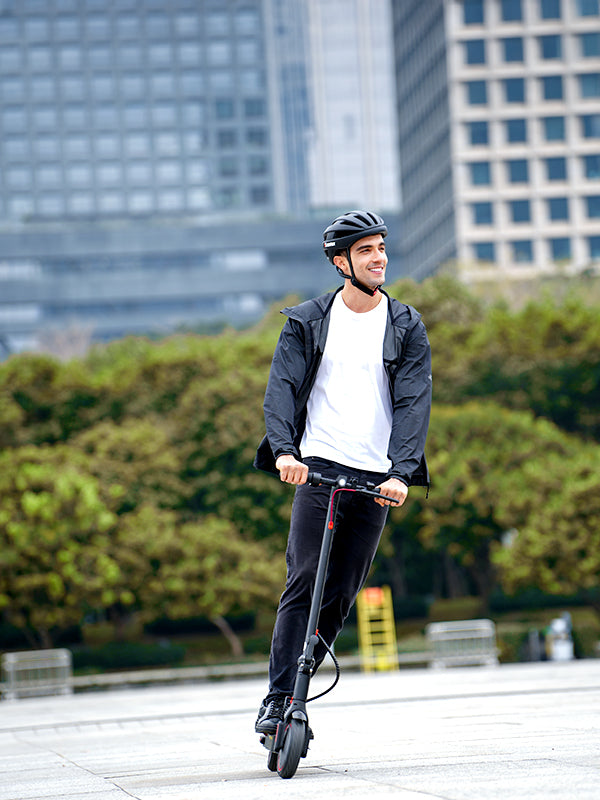




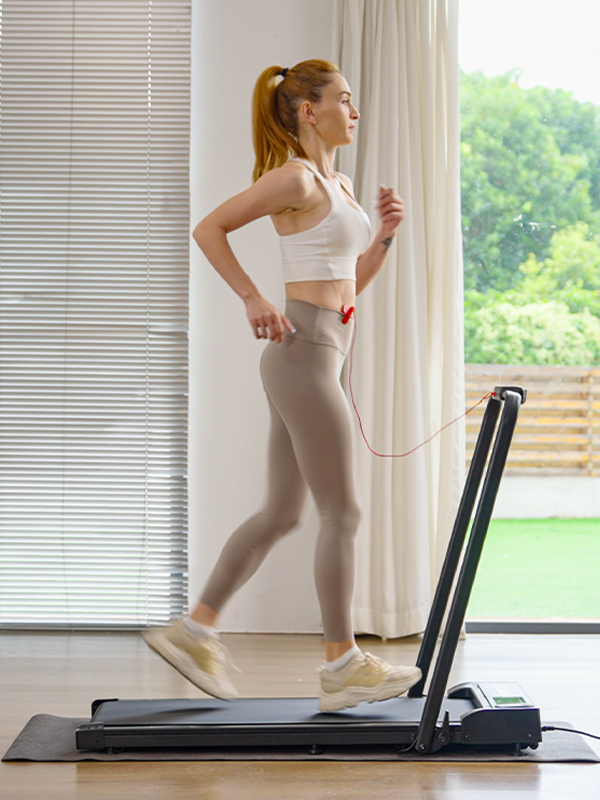





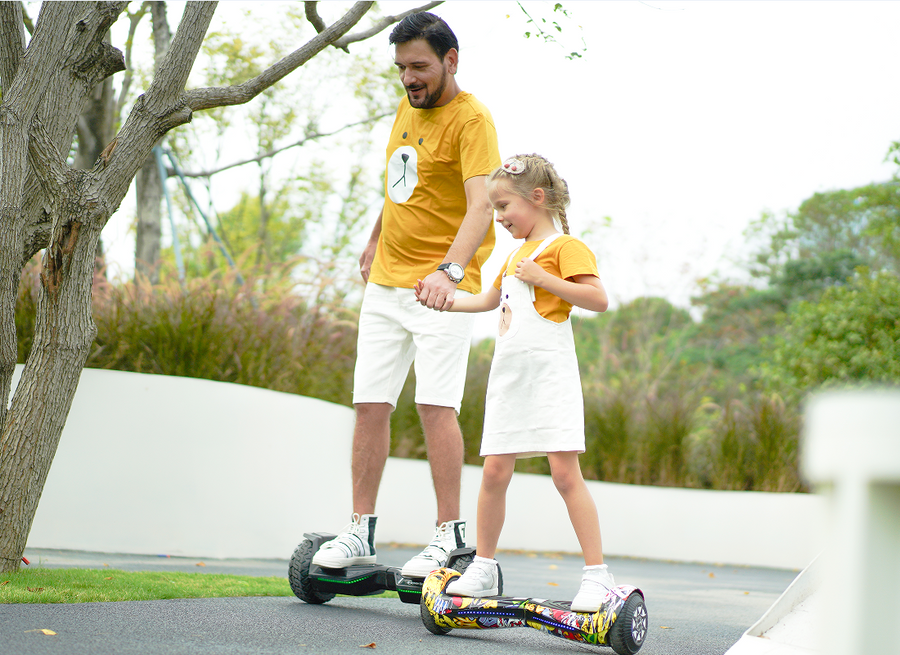
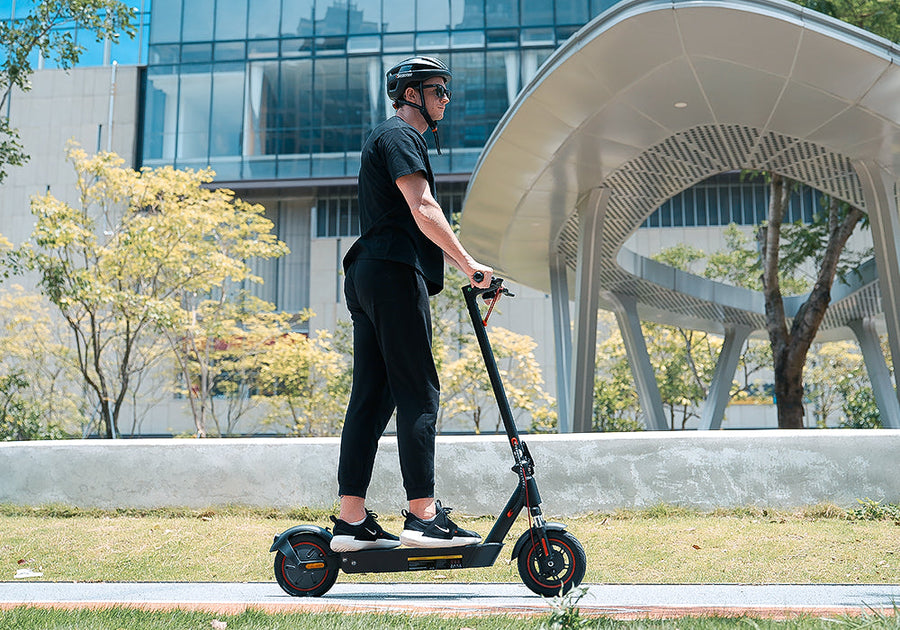
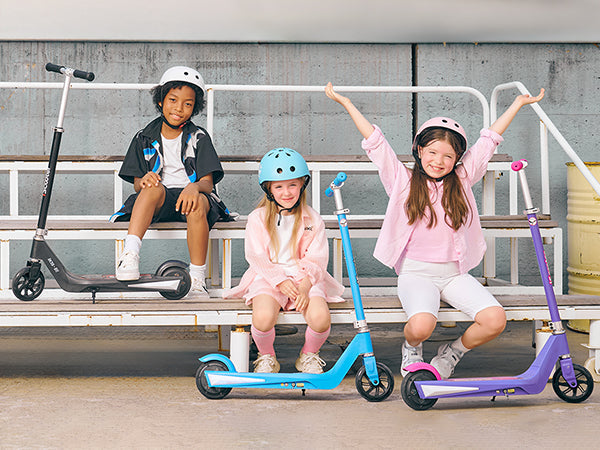
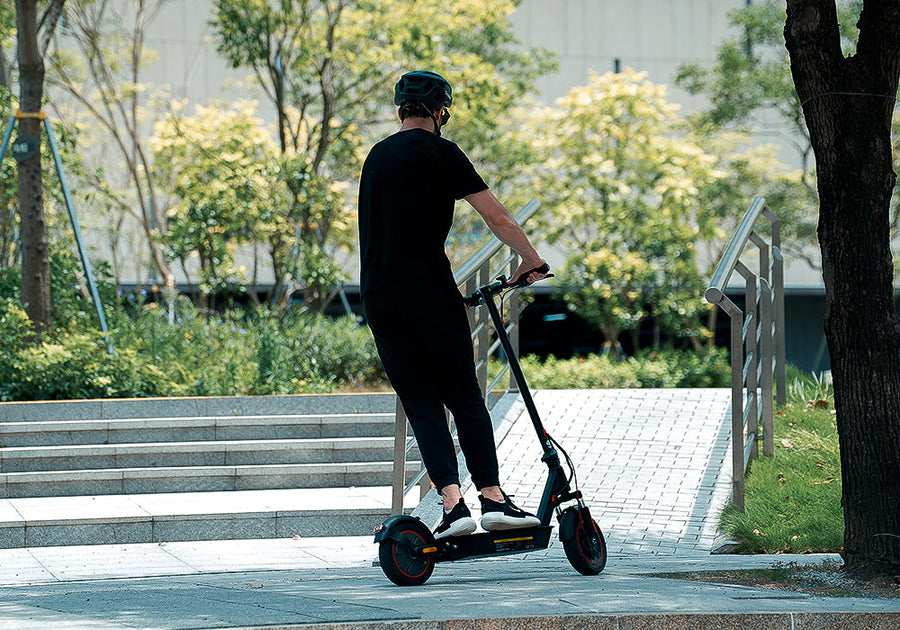


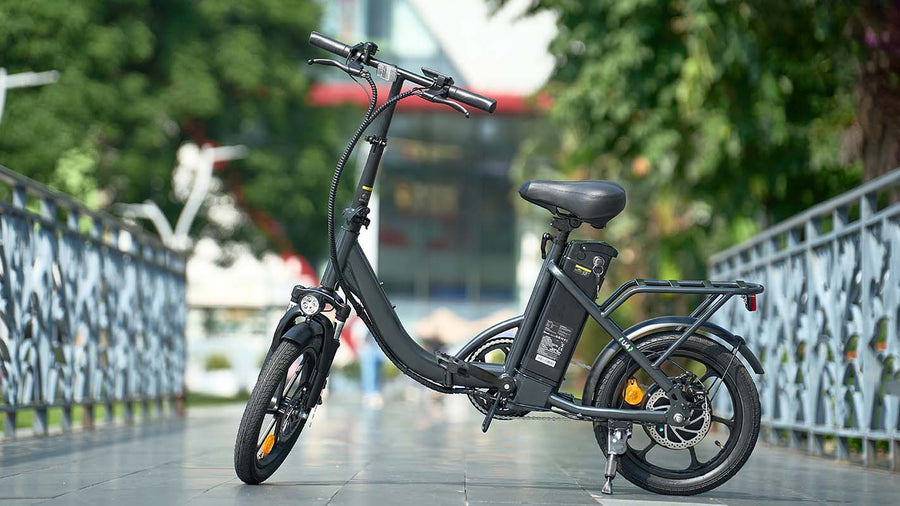
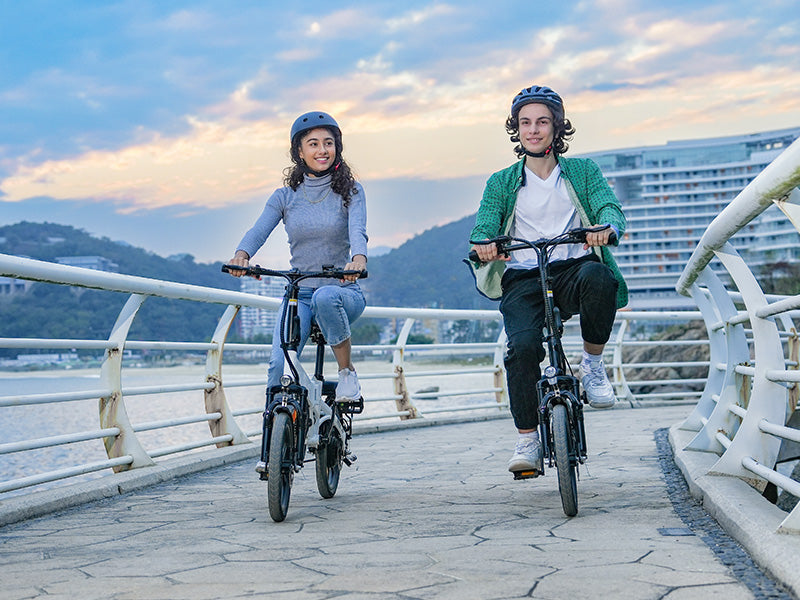








Still, need help? Contact Us: support@ihoverboard.com
What's the option? Check out the option now!
Leave us a message